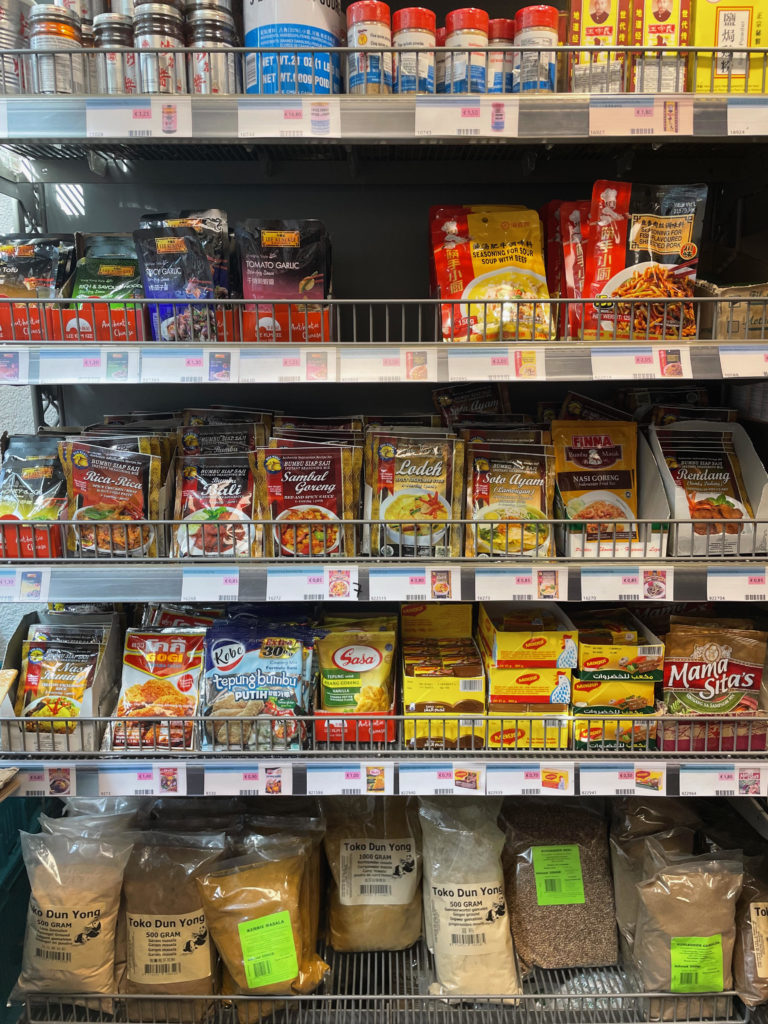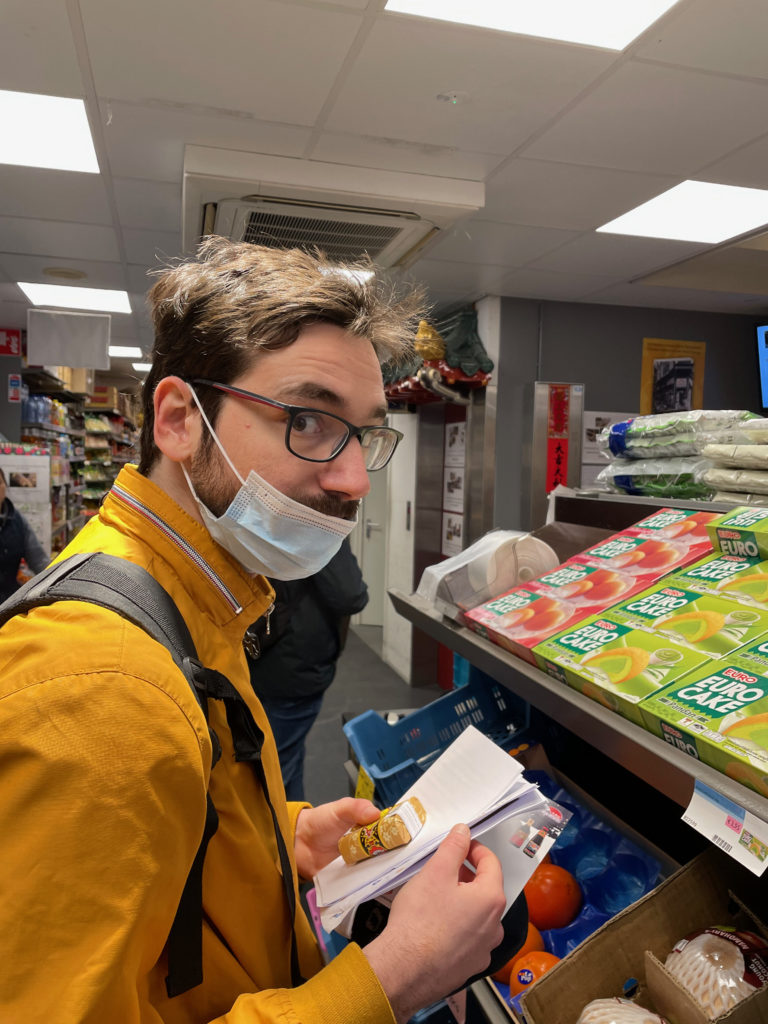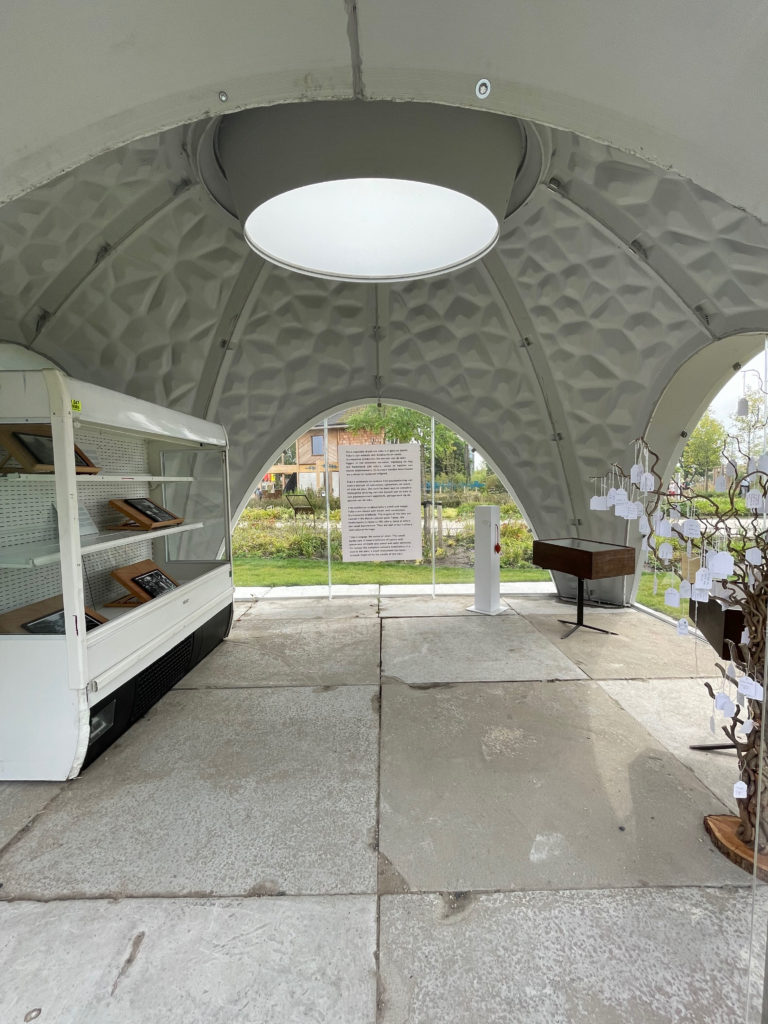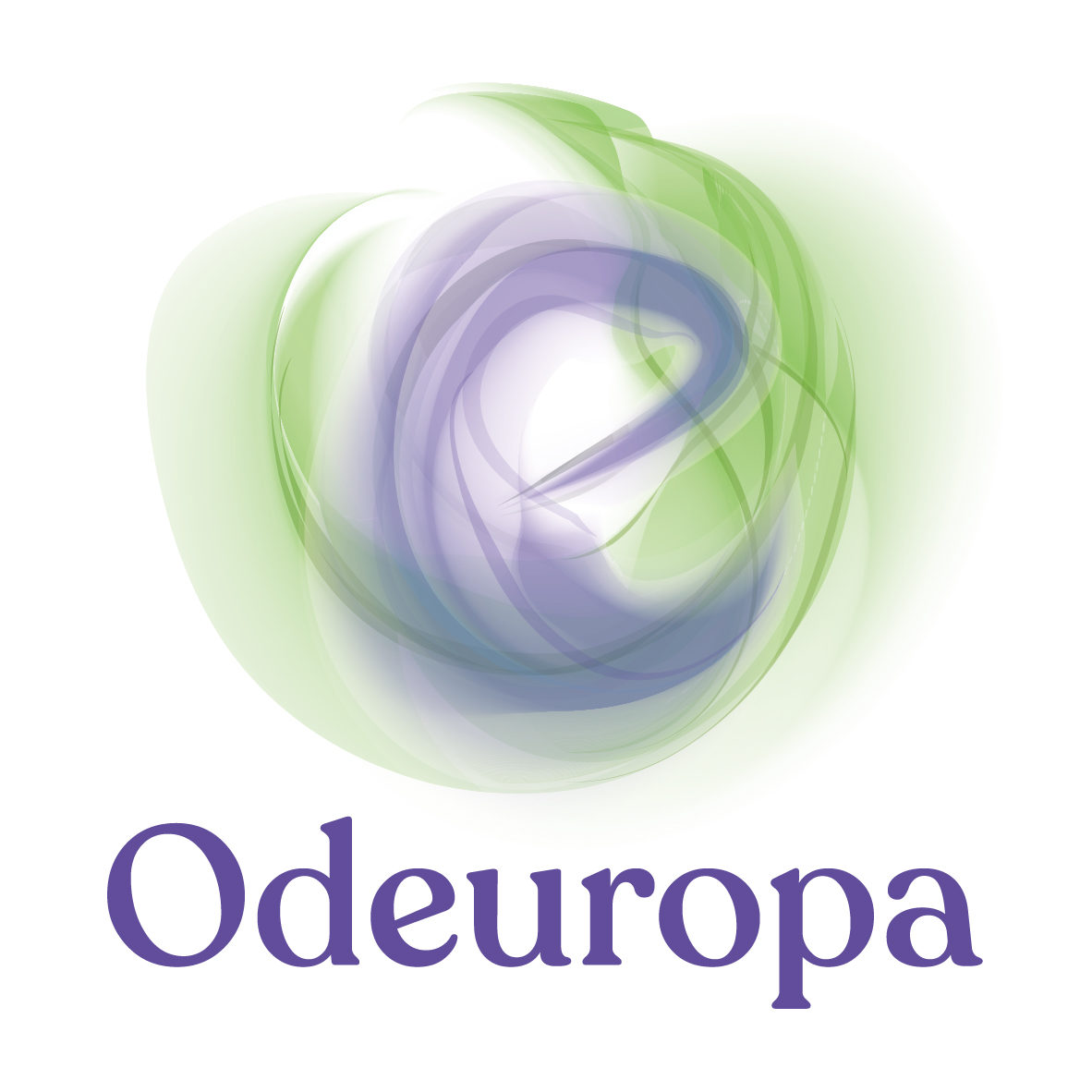Written by: Josephine Koopman
Inspired by my master’s thesis on (post)colonial smellscapes, the idea arose to create a scent inspired by the smells of the toko. The scent features as the centerpiece of a small exhibition on the history of tokos. Alongside the scent, the exhibition features a selection of historical photographs depicting tokos in the former Dutch East Indies and the Netherlands. The exhibition is on display at the Floriade Expo 2022 until 9 October 2022.
Last year, I joined Odeuropa as an intern to investigate (post)colonial smellscapes for the purpose of researching the relationship between smell and heritage, which resulted in the thesis (Post)colonial smellscapes in text and toko: an inquiry into olfactory heritage.
Colonial history is a particularly fragrant history. The sense of smell initiated colonial ventures as European expansion sprang from the desire for spices and other aromatic commodities. In the Netherlands today, our nose encounters traces of this history in ‘tokos’, grocery shops that offer food products from Asia, and sometimes also from Suriname. Its origins are rooted in the Dutch colonial past, roots which can be gleaned from the origin of the word itself. ‘Toko’ is Malay for ‘bazaar’. The ‘toko’ as a phenomenon entered Dutch culture from the East Indies in the early twentieth century.

My research into the smellscape of tokos played out in two parts. Firstly, I led several smellwalks that visited a few tokos around the Nieuwmarkt, in the old Chinatown of Amsterdam. The smellwalks were intended to uncover the smellscape of tokos answering the questions: what do tokos smell like, and what does its smellscape evoke in the smeller? Secondly, I conducted several interviews with toko shop owners and customers to find out their interpretations and evaluations of the tokos smellscape. In my thesis I propose that we can consider the smellscape of the toko as a ‘lieu de mémoire’ or a ‘site of memory’.

Presenting a Smellscape as Heritage
Through Odeuropa, I got in touch with Flevo Campus, a research institute based in Almere that is concerned with the future of food. Their project ‘Toko van de toekomst’ (‘Toko of the future’) explores how food-related knowledge embedded in communities is reproduced throughout generations. Flevo Campus asked me to create an exhibition about tokos for their location in the Floriade Expo 2022, an international horticulture event which takes place in Almere from 14 April to 9 October 2022.

The exhibition narrates the history of tokos through photography and smell. The centerpiece is a smell station which contains a scent inspired by the smells of the toko. The scent has been developed by Jorg Hempenius from Iscent specifically for this exhibition. On the basis of the accounts I collected over the course of the participatory smell research in tokos, Jorg created a scent that is layered and eclectic, reflecting the multiplicity of smells in the toko. It is warm, salty and a bit funky: a celebratory clamor of spices and foods.
